The project has the following parts:
- A raspberry pi zero W: It has been chosen because it is an inexpensive computer with wifi and bluetooth, it uses open source OS and it has a big community that can help a lot.
![]()
- Manga screen: It has been chosen for the capacitive screen and because it is open hardware. The actual manga screen is 4.3" but the following one will have 5.9".
![]()
- A 3d printed case for the enclosure: It has been chosen because it is very easy to modify the design and is also very inexpensive in comparison to other methods.
- Adafruit Fona: It has been chosen because it is well documented and easy to use. In next revision a PCB will be made with the module, microphone and speaker.
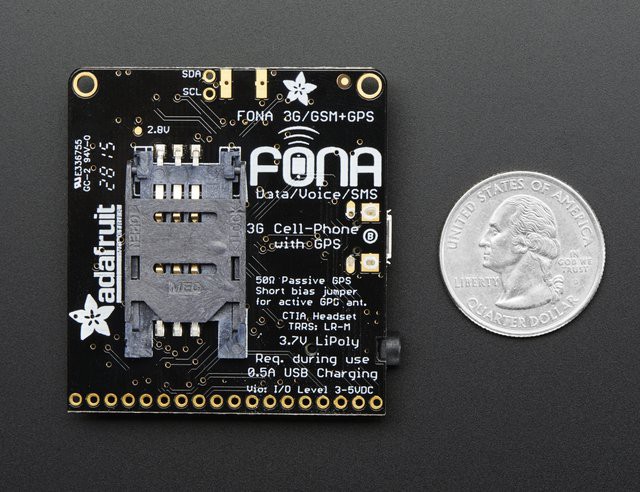
Planning:
- Create a 3d printed case that can have all the components needed inside.
- Program a software using python and PyQt to make calls.
- Place a microphone, speaker, battery in the case to use as a cellphone.
- Use navit software to navigate through GPS.
- Program a software to make video and take pictures.
Modular private smartphone concept
The initial modular private smartphone will have the following parts inside a 3d printed case:
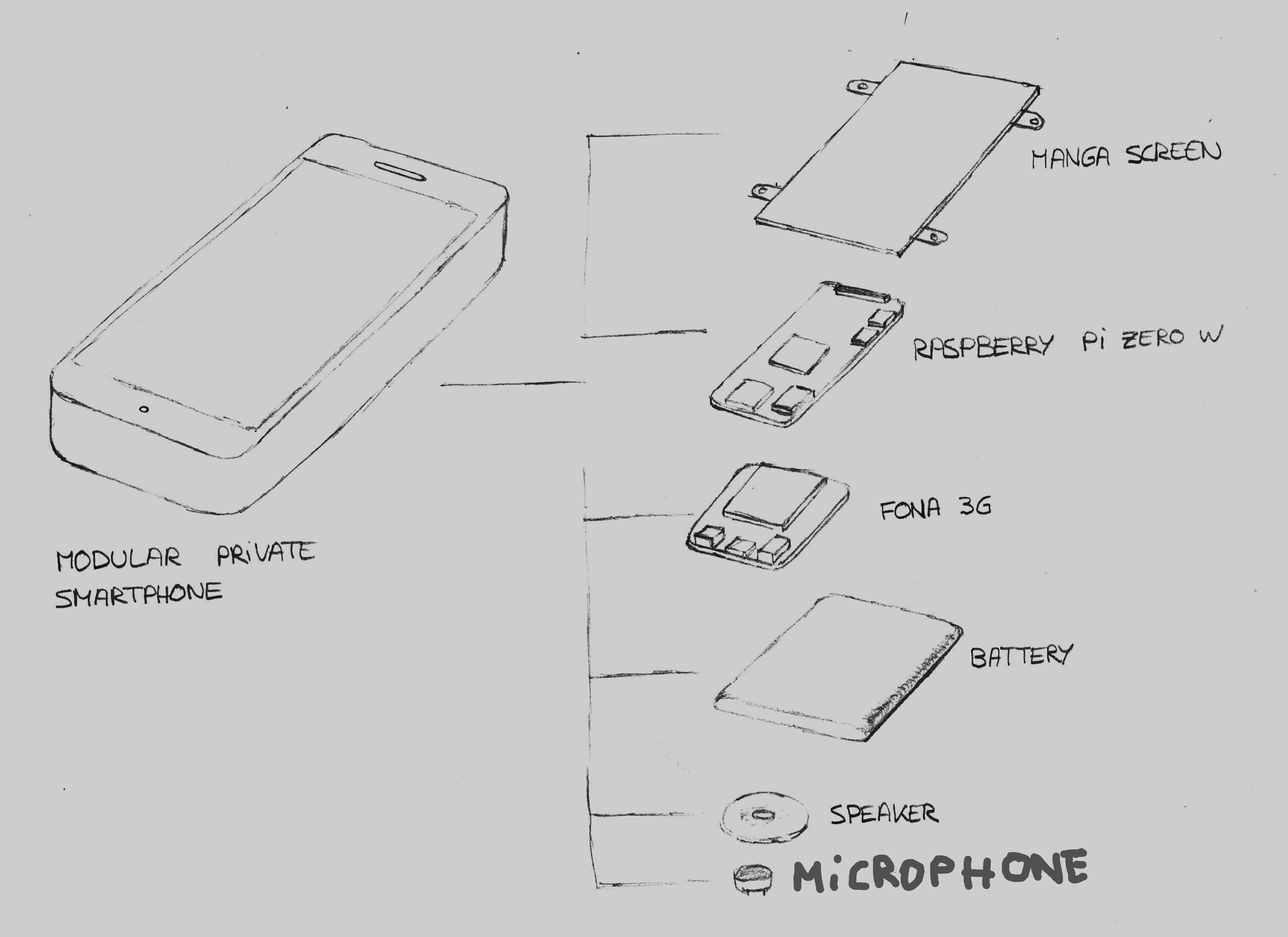
Why is it modular?
Every year combining the US and UK 87 million phones are dumped. 70% of all the waste they produce goes into landfills creating a very severe enviromental problem.
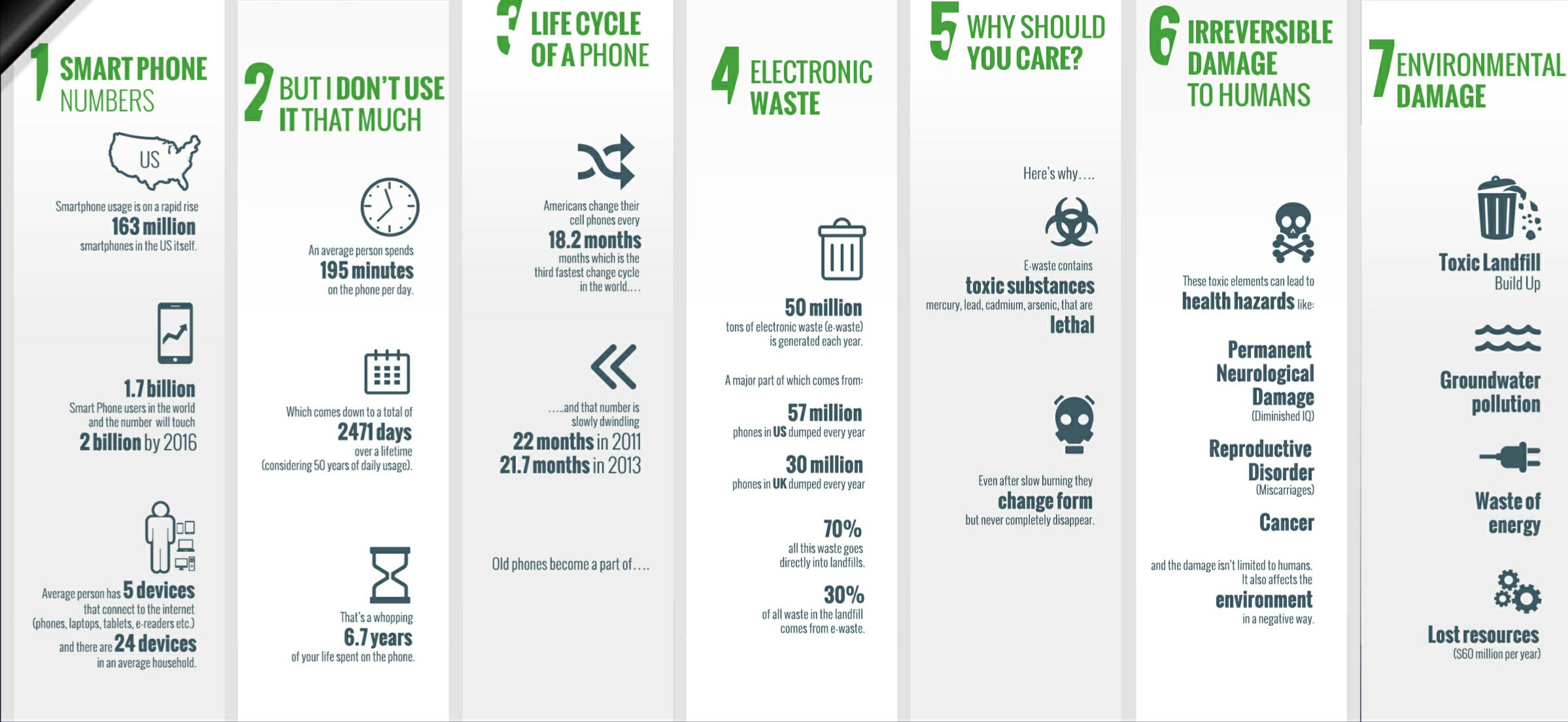
By being modular users can keep the phone with up to date specifications only replacing the essential parts.
Users can also add, remove or improve the parts in relation to their needs, this also leads to less waste: If one user doesn't use the camera the smartphone doesn't need to have one.

If the screen, the case, etc. breaks the user can easily replace that part without the need of buying a new smartphone.
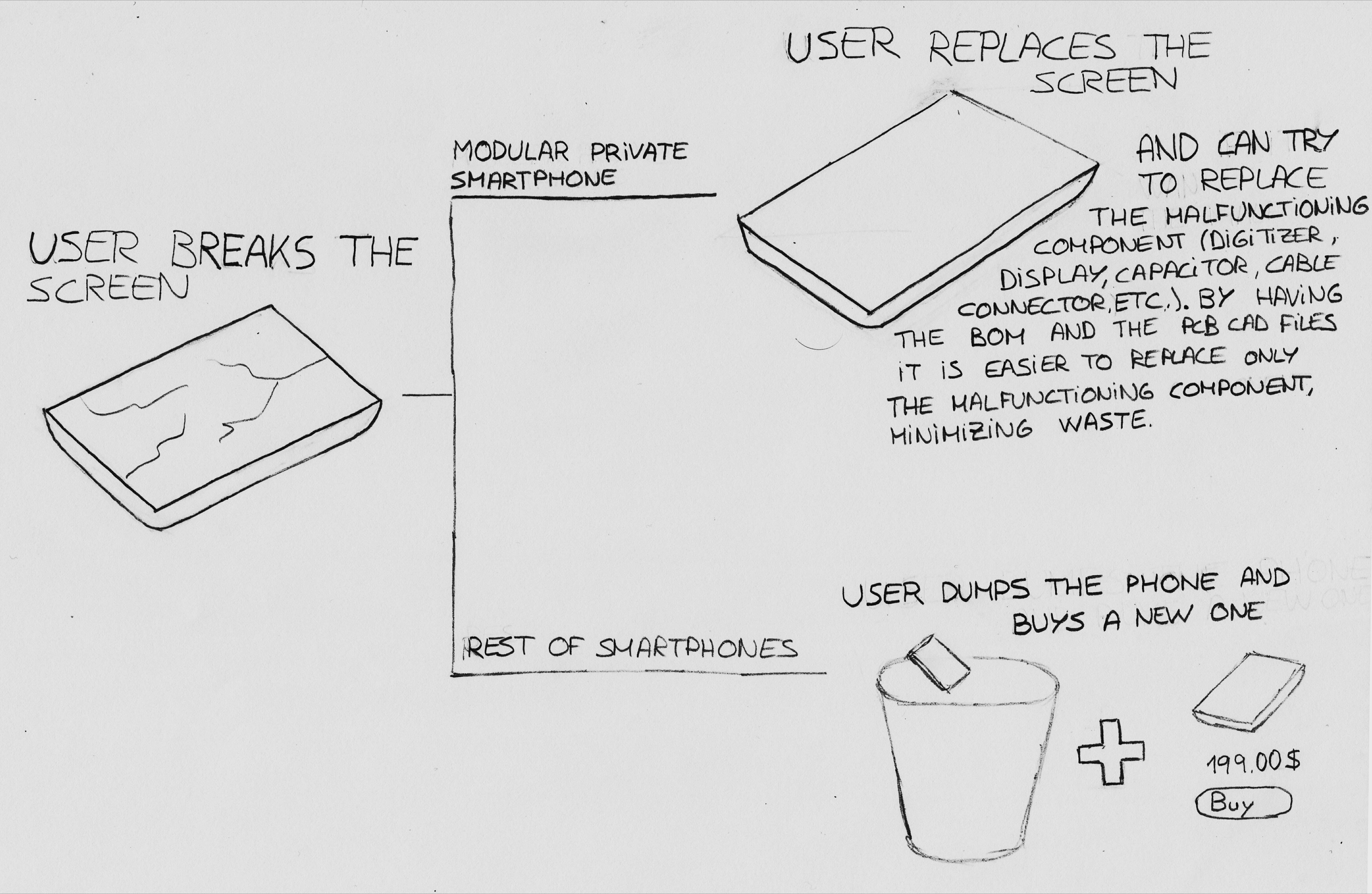
If the screen, camera, raspberry pi, battery, etc. becomes obsolete, the user can replace that part and reuse it for a DIY project, computer, etc.
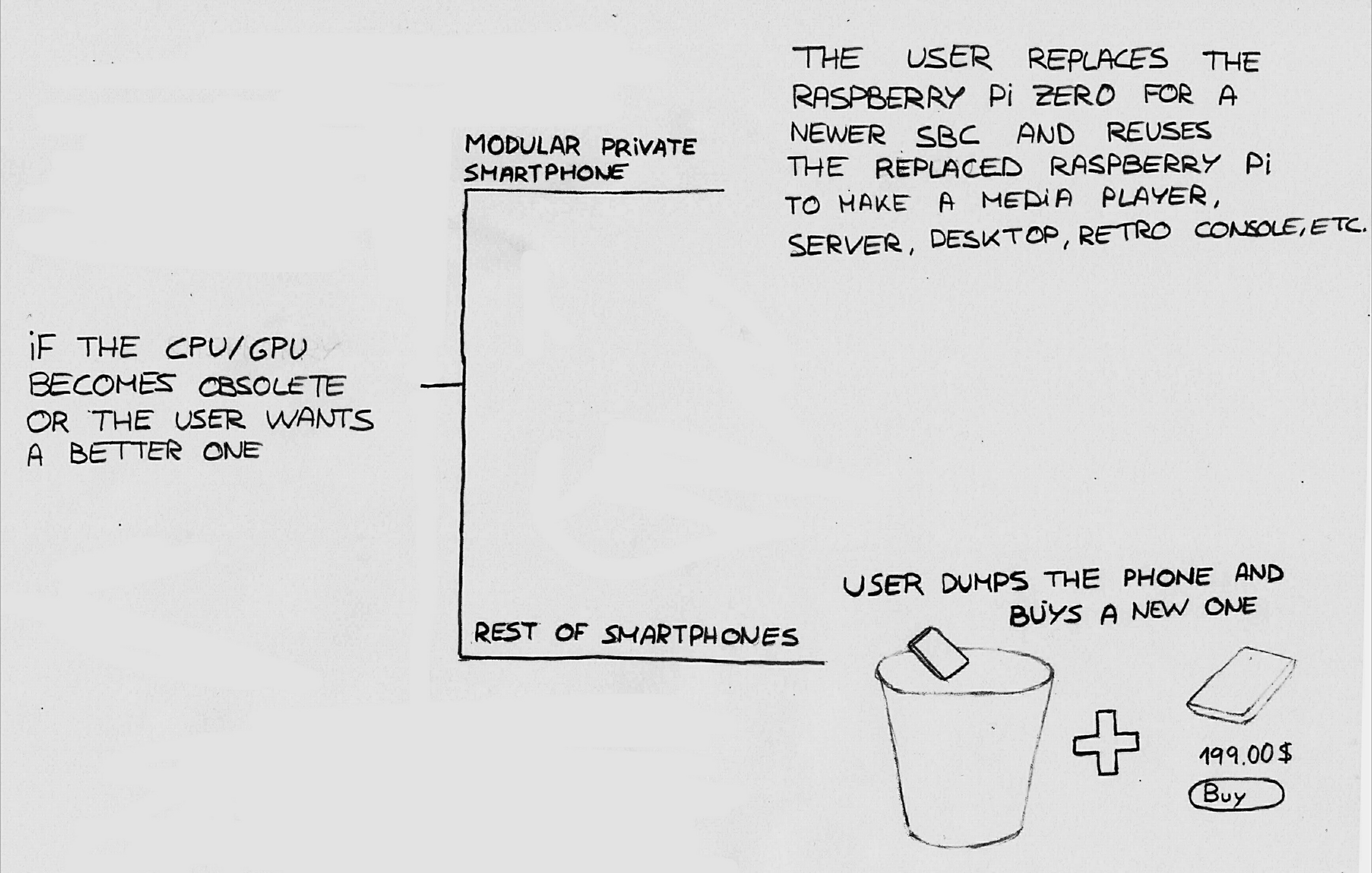
Why is it private?
People tend to want a private space where only the one's they want are allowed to see and stay. This is the reason people have locks on their homes to prevent others from entering. It is also the reason people have passwords in their e-mails and computers.
In recent years we have seen the telecomunications and internet privacy violated without the knowing and the consent of a lot of people.
By using an open source operating system, open source software to make calls and separating the 3G/LTE module from the CPU, at least the files inside our smartphone won't be transferred to unsolicited people.
The majority of smartphones have the 3G/LTE module connected to the cpu allowing to have leakage of information if the module is compromised. In the modular private smartphone the m2m module will only receive/send data when the software instructs it to do so using the GPIO pins of the raspberry pi.
Software
- To make calls: Python and pyQt will be used.
Lincenses
The libresmartphone software is under the GPL v.2 License.
https://github.com/libresmartphone/libresmartphone/blob/master/Libresmartphone/LICENSE.md
The Adafruit FONA is under the Creative Commons Attribution, Share-Alike license.
https://github.com/adafruit/Adafruit-FONA-800-GSM-Breakout/blob/master/README.md
The manga screen is under CC BY-SA license.
 imma
imma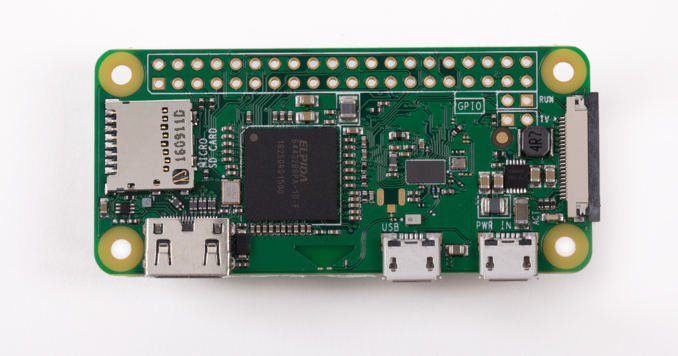

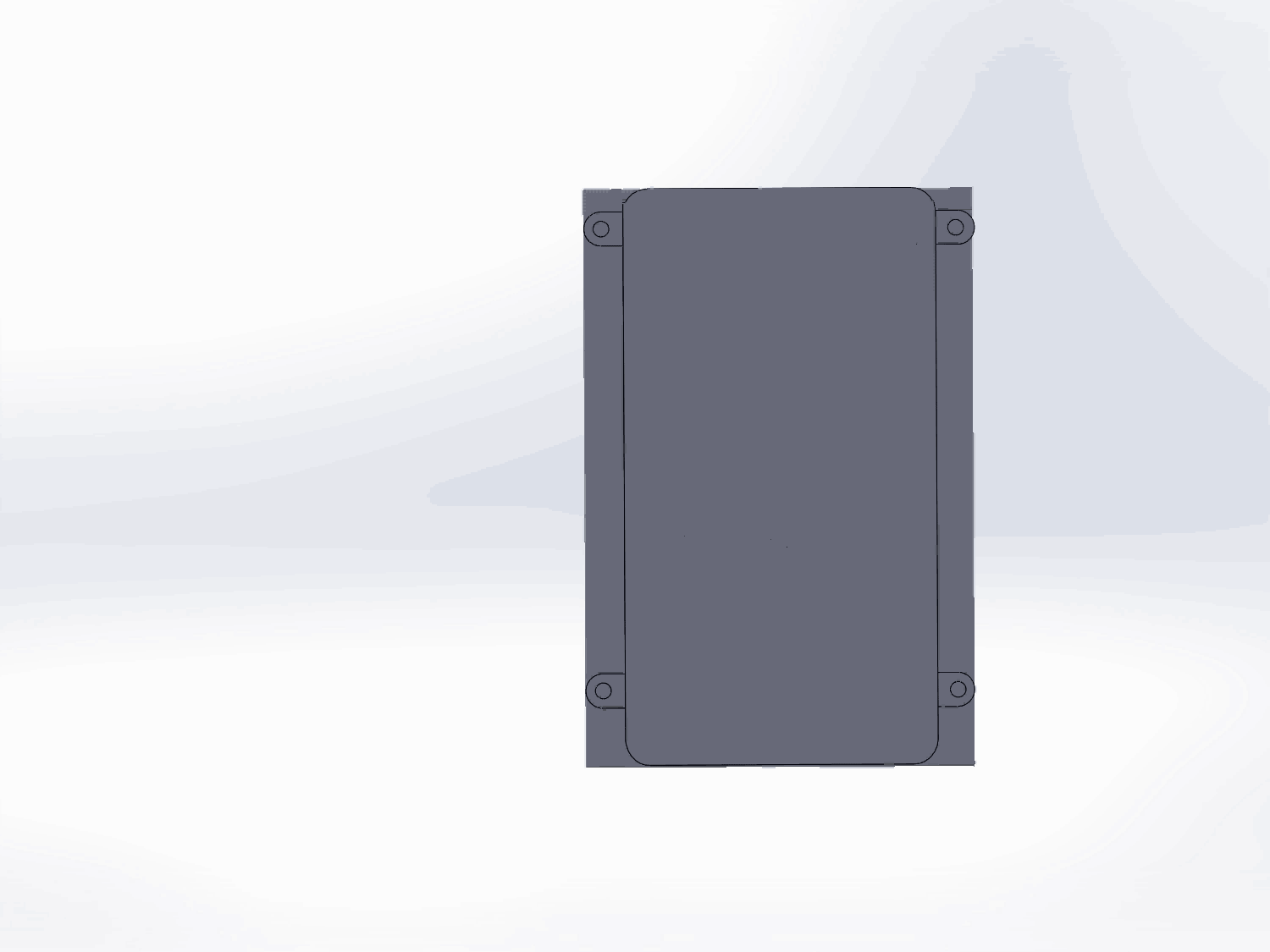
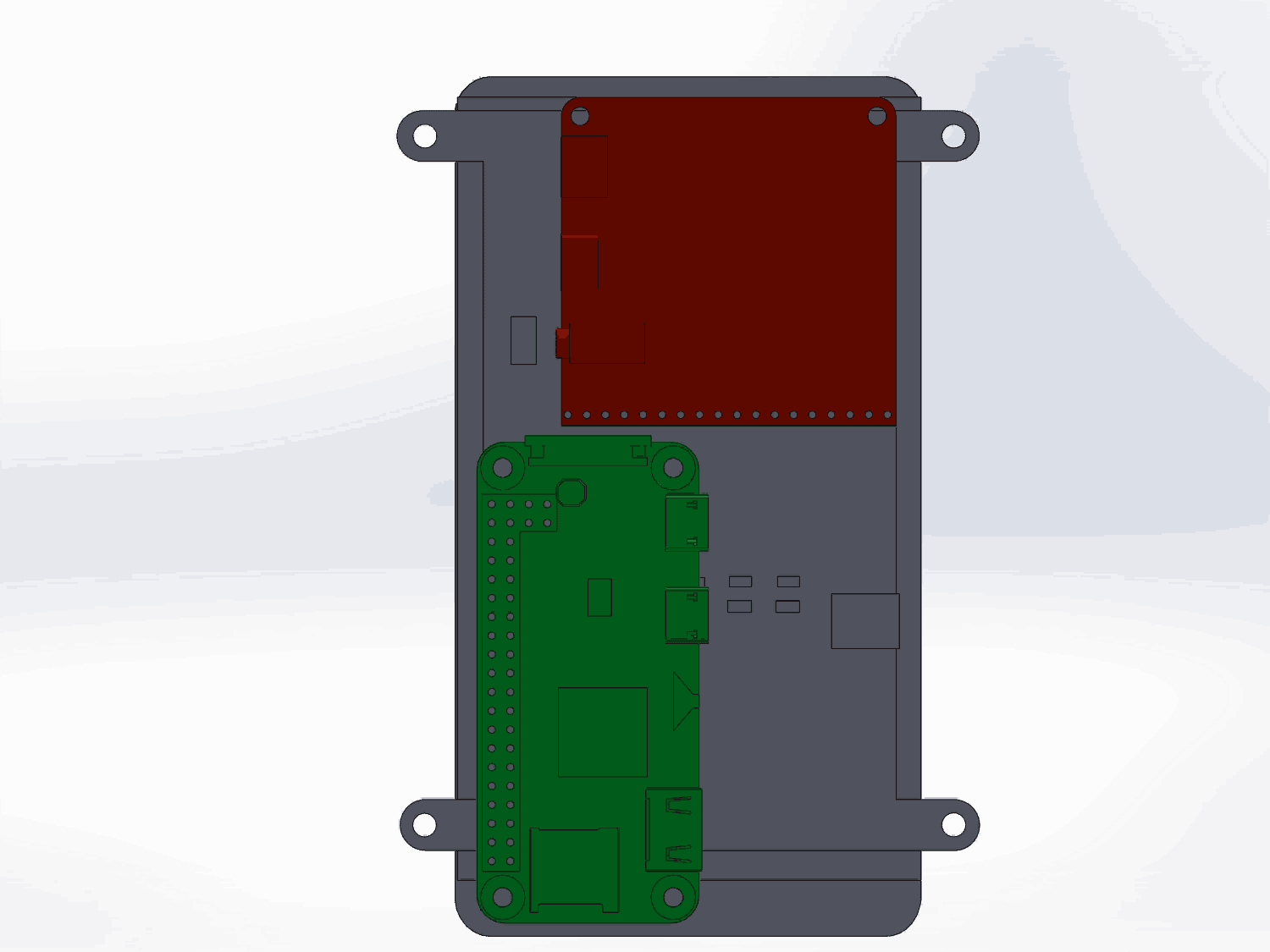
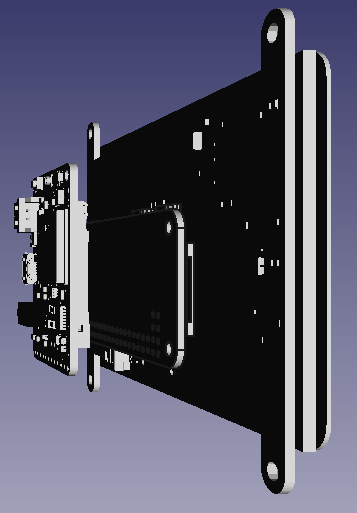

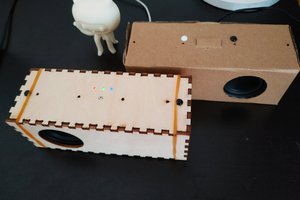
 Yihui
Yihui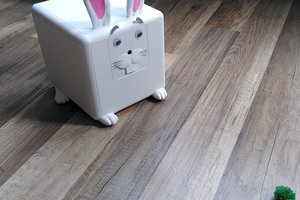
 jdelbe
jdelbe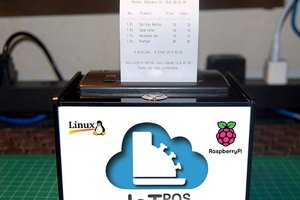
 Hiram Villarreal
Hiram Villarreal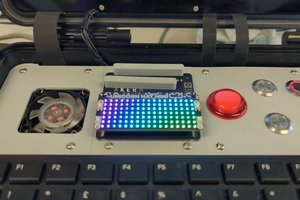
 brian corteil
brian corteil
Thanks Stuart for the reminder! The intention is to use the Fona 3G initially. In the future other SimCom LTE modules will be used.